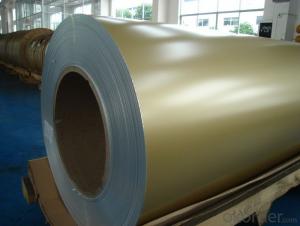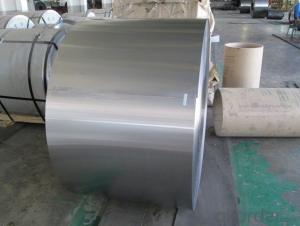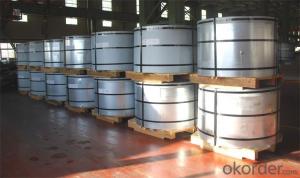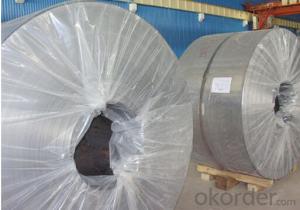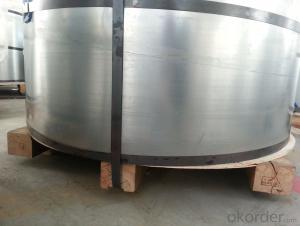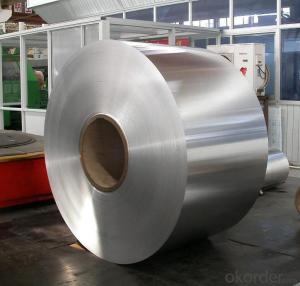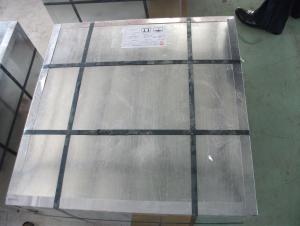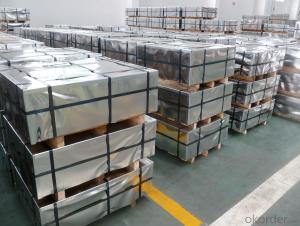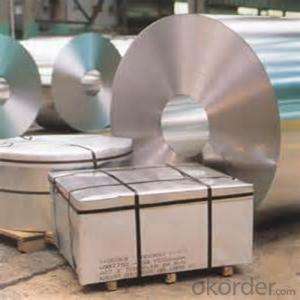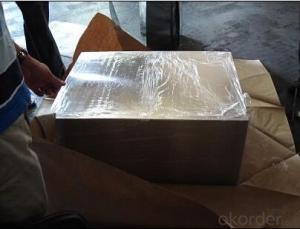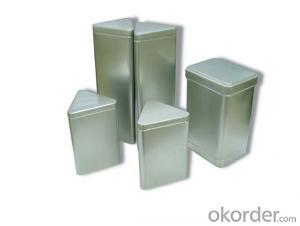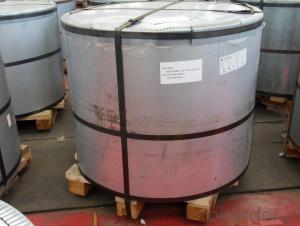Tinplate Lids
Tinplate Lids Related Searches
Printing Tinplate Sheet Tinplate Iron Packaging Tape Tinplate Material Tinplate Cover Standard Gauge Tinplate Tinplate Tea Set Mth Tinplate Set Circle Packaging Machinery Inc Tinplate Model TrainsHot Searches
Aluminium Scaffold Planks Sale Aluminium Walkway Mesh Prices Tinplate China Tinplate Stock Price Tata Tinplate Price List Tinplate Price Trend Tinplate Nse Share Price Tinplate Price Chart Tinplate Share Price Nse Tata Tinplate Share Price Tinplate Share Price Today Tinplate Share Price Bse Tinplate Price Tinplate Share Price Tinplate Coil Manufacturers Tinplate Sheet Suppliers Food Mixer Sale Tinplate Factory Tinplate Production Tinplate Products LtdTinplate Lids Supplier & Manufacturer from China
Okorder.com is a professional Tinplate Lids supplier & manufacturer, offers integrated one-stop services including real-time quoting and online cargo tracking. We are funded by CNBM Group, a Fortune 500 enterprise and the largest Tinplate Lids firm in China.Hot Products
FAQ
- There are several methods of cutting and shaping tinplate, including shearing, punching, die-cutting, and laser cutting. Shearing involves using a sharp blade to cut straight lines or curves in the tinplate. Punching is a method that uses a die and a press to create holes or shapes in the tinplate. Die-cutting utilizes a custom-made die to cut precise shapes or patterns in the tinplate. Lastly, laser cutting employs a high-powered laser beam to accurately cut intricate designs in the tinplate. Each method offers its own advantages and is chosen based on the desired outcome and complexity of the project.
- Tinplate can significantly extend the shelf life of products due to its properties such as resistance to corrosion, airtightness, and light-blocking abilities. It forms a protective barrier that prevents contact with oxygen, moisture, and other external factors that can cause spoilage or degradation. This helps maintain the quality and freshness of the products, ultimately increasing their shelf life.
- Tinplate contributes to the attractiveness of cosmetic packaging by providing a sleek and shiny appearance that enhances the overall visual appeal. Its smooth surface allows for high-quality printing and intricate designs, making it ideal for showcasing brand logos, product information, and appealing graphics. The durability of tinplate also ensures that the packaging maintains its attractive appearance throughout its lifespan, adding value and desirability to cosmetic products.
- Yes, tinplate can be used for promotional or gift packaging. Tinplate is a versatile material that is durable, visually appealing, and can be easily customized with various designs. It offers a premium look and feel, making it an excellent choice for creating attractive promotional or gift packaging that can leave a lasting impression on recipients.
- Tinplate contributes to the containment of chemical substances through its excellent barrier properties. The tin coating on the steel substrate forms a protective layer that prevents direct contact between the chemical substances and the metal, reducing the risk of corrosion and contamination. This barrier also helps to maintain the integrity and stability of the chemical substances by preventing interactions with external factors such as moisture, oxygen, and light. Overall, tinplate provides a secure and durable packaging solution for chemical substances, ensuring their safety and quality throughout storage and transportation.
- Tinplate performs well in terms of aroma and flavor preservation. The tin coating on the steel substrate provides an effective barrier against oxygen, moisture, and light, which helps to preserve the freshness and quality of food or beverages inside the packaging. This ensures that the aroma and flavor of the product are protected and maintained over time.
- Tinplate contributes to the preservation of aerosol products by providing a durable and protective container that helps prevent the penetration of moisture, air, and light which can degrade the quality and effectiveness of the product. Additionally, tinplate containers are resistant to corrosion, ensuring the longevity and integrity of aerosol products.
